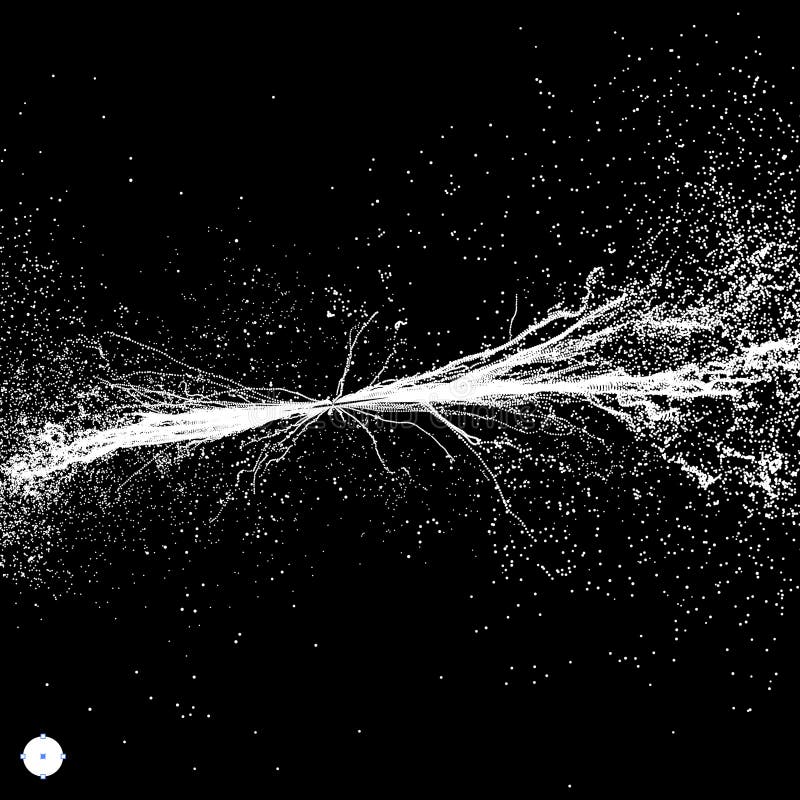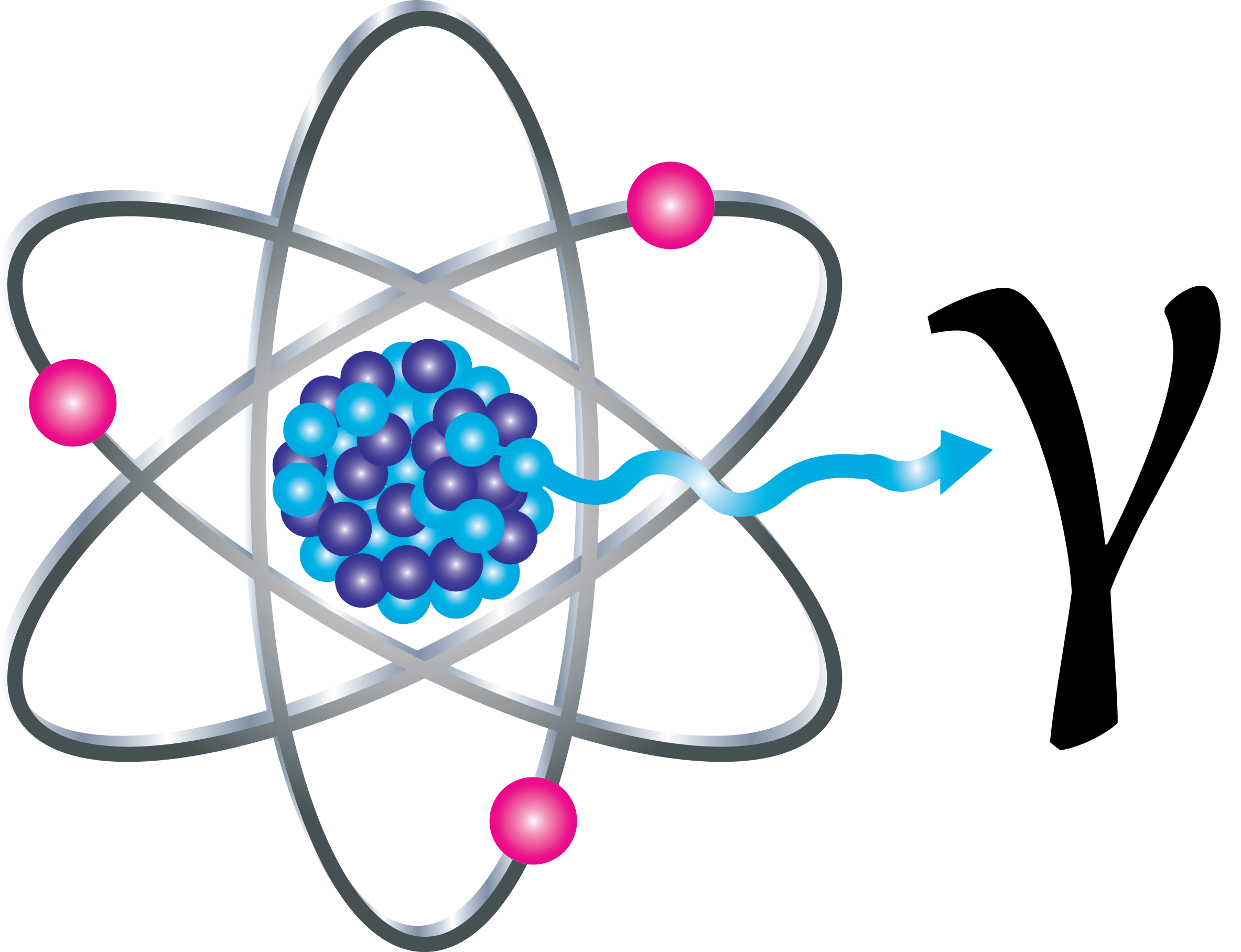

We require a count and an accumulated time variable for timing the emission of particles.

If you plan to add more functionality to the particle system you would add it here by using additional variables for modifying the particles. They define how the particle system will work and changing each of them has a unique effect on how the particle system will react. The following private class variables are the ones used for the particle properties. However note that the Frame function is where we do all the work of updating, sorting, and rebuilding the of vertex buffer each frame so the particles can be rendered correctly. The class functions are the regular initialize, shutdown, frame, and render. The VertexType for rendering particles just requires position, texture coordinates, and color to match up with the ParticleType properties. Particles can have any number of properties that define them.In this implementation we put all the properties of a particle in the ParticleType structure.You can add many more but for this tutorial I am just going to cover position, speed, and color.


We will start the code section of this tutorial by examining the ParticleSystemClass first. The frame work for this tutorial has the basics as usual.It also uses the TimerClass for timing when to emit new particles.The new class used for shading the particles is called ParticleShaderClass.And finally the new particle system itself is encapsulated in the ParticleSystemClass. Make sure to also read the summary after going over the tutorial as that is where I explain how to expand this basic particle system into a more advanced, robust, and efficient implementation. And then that quad is rendered hundreds of times each frame using some basic physicsto mimic things such as snow, rain, smoke, fire, foliage, and numerous other systems that are generally made up of many small but similar elements.In this particle tutorial we will use a single diamond texture and render it hundreds of times each frame to create a colorful diamond waterfall style effect.Additionally we will also use blending to blend the particles together so that layered particles cumulatively add their color to each other. Particles are usually made by using a single texture placed on a quad. This tutorial will cover how to create particle systems in DirectX 11 using HLSL and C++. The new X-Particles gives you control of shattering, squishing, and exploding down to the particle level. At its simplest, the X-Particles particle emitter can be used instead of the standard C4D emitter, giving you more options and control over particles than you would otherwise have.


 0 kommentar(er)
0 kommentar(er)
